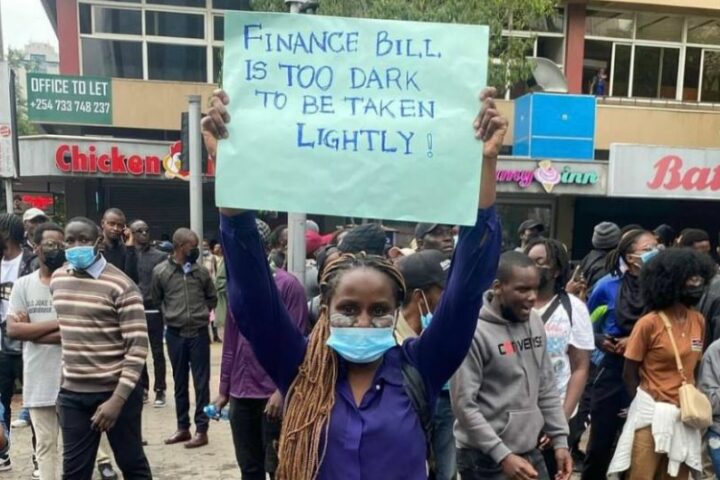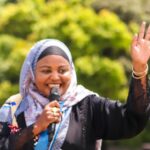 |
| Photo::Courtesy |
In his autobiography Flame of Freedom, launched on Sunday, former Prime Minister Raila Odinga reveals a lot of unknown details about his very public life.
He talks of how and why his party merged with KANU after the 1997 elections; how he got to support Kibaki in 2002, how he helped found KEBS, etc.
As expected, Raila talks in great detail, about circumstances leading to his torture and how it was executed.
His first detention was in 1982, and this one lasted for six years. It started just days after the attempted coup, which he says he only played a peripheral role.
“…we had been quietly engaged in operations designed to educate and mobilise the people in order to bring about the necessary and desired changes in our society — not through violence but through popular mass action. The full explanation of our efforts to bring about popular change will have to wait for another, freer, time in our country’s history”. he writes.
On the morning of the coup attempt, Raila was at a friend’s house in Parklands following the proceedings on VOK radio.
Several days later, on August 11, he was picked up from Prof Oki Ooko Ombaka’s house in Caledonia, Nairobi, and that was the beginning of his torture.
He was subjected to several days of physical and psychological torture at the Special Branch offices along University Way.
An officer named Josiah Kipkurui Rono was determined to get a confession from him.
For not providing the officers anything to work with, he was given some good beating.
“The blows to my head dazed me and I fell to the floor, and as I lay there, Rono and the others jumped on my chest and my genitals.
Rono also threatened to shoot him but that did not materialize.
Soon, the beating stopped and Raila was returned to the cells. They were cold and water-logged.
He would not catch any sleep as the cold kept waking him up – his sweater and shoes had been taken away.
“That is when I learned how long the night is,” he writes.
He was later moved to GSU headquarters, where he learnt that he had been incarcerated with the dean of the faculty of Engineering at the University of Nairobi, Prof Alfred Otieno, and with Mr Otieno Mak’Onyango, then assistant managing editor of the Sunday Standard.
Interrogations continued, occasionally by the Commissioner of Police, Mr. Ben Gethi himself.
Gethi would soon be sacked by Moi.
After writing multiple statements, the State decided it was ready to proceed with the case against him and Prof Otieno and Mr Mak’Onyango.
Additional reporting by Nation
© nairobiwire.com
Follow @nairobiwire






